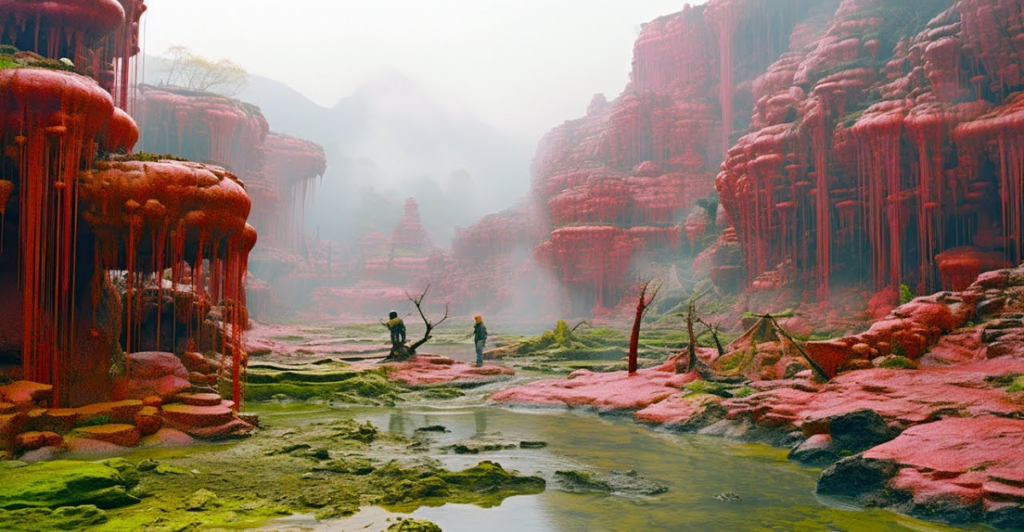
Alien ecosystems are unique environments that often evoke scenes from science fiction. These locations, which can be found around the world, are home to a wide range of flora and fauna that have adapted to harsh conditions. This article explores some of the most fascinating alien ecosystems, focusing on what makes them special and the animals that thrive within them.
1. Fly Geyser, Nevada
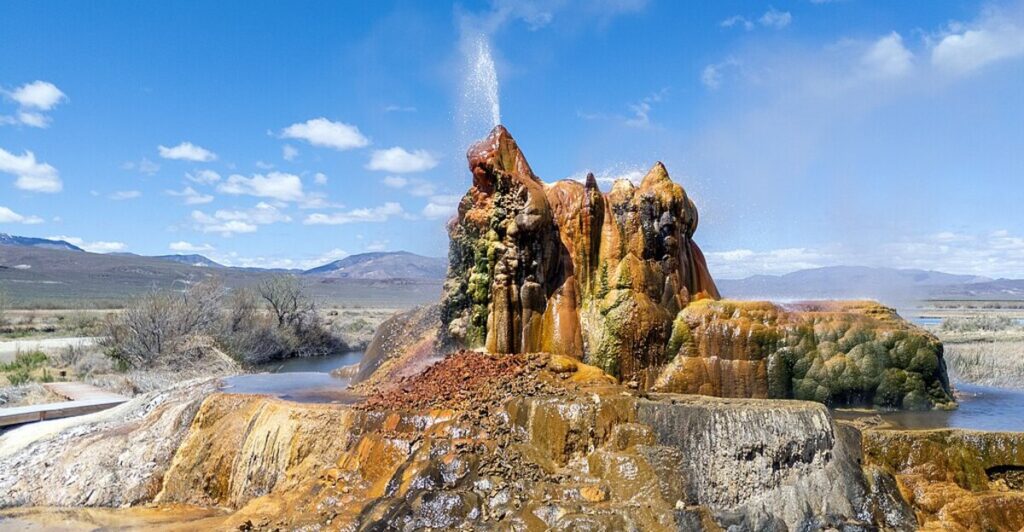
Fly Geyser is a man-made geothermal marvel in the Nevada desert — and it was created by accident. It formed after drilling for water struck a geothermal spring, filling it with mineral deposits and thermophilic algae, giving it bright red and green colors. It is also home to a diverse ecosystem, which includes the rare Fly Ranch pyrg snail, and is home to over 300 species of plants and animals, including wild horses, pronghorn antelope, bobcats, mule deer, and coyotes.
2. Rainbow Mountain, Peru
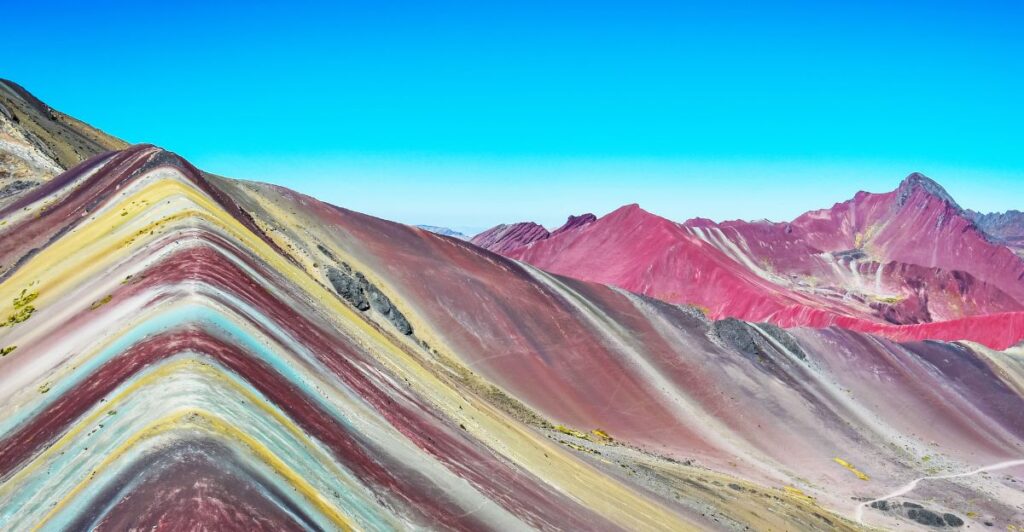
Located in Peru, Rainbow Mountain — also known as Vinicunca — is famous for its colorful stripes caused by mineral deposits and weathering. This mountain supports a variety of flora and fauna that adapted to the high-altitude conditions, including llamas and alpacas. The region also contains the Andean condor and other birds that thrive in cold alpine conditions.
3. Danakil Depression, Ethiopia
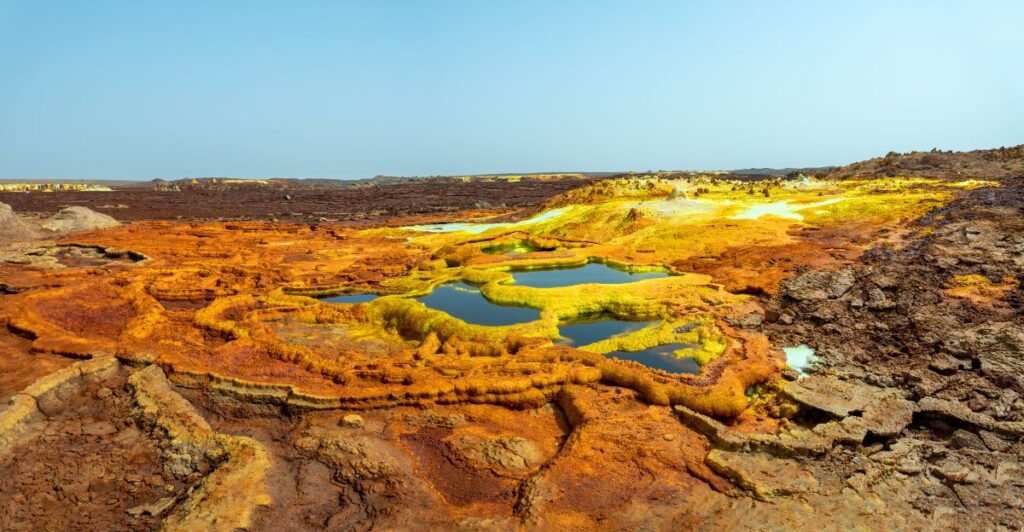
The Danakil Depression is a geothermal region featuring sulfur springs, volcanoes, and geysers. One of the hottest places on the planet, it harbors distinct microorganisms adapted to the extreme environment. Larger wildlife is scarce due to the harsh environment, though camels and some species of birds are adapted to its conditions.
4. Lake Hillier, Australia
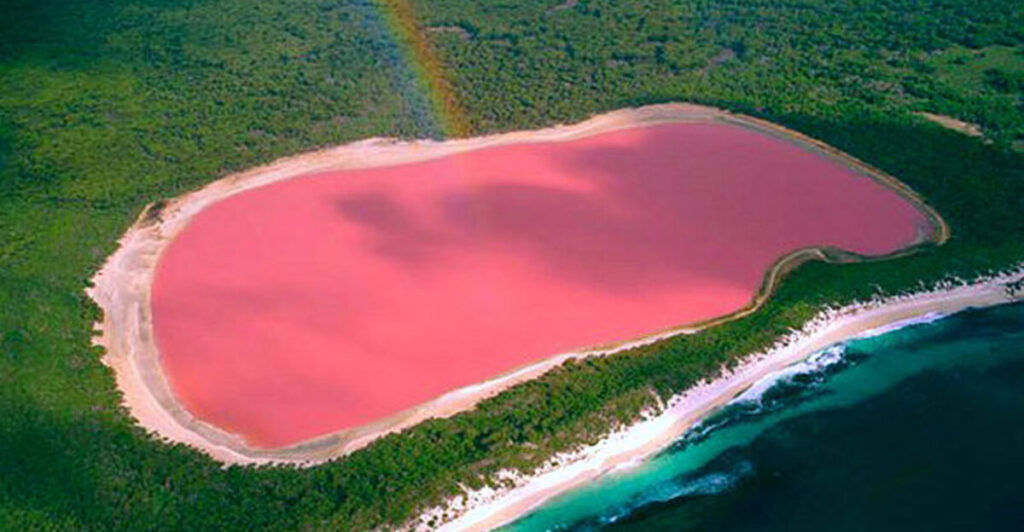
Lake Hillier in Australia is famous for its pink coloration due to algae and halobacteria. This lake sustains a variety of microorganisms but does not host larger wildlife due to its high salinity. However, it’s a habitat for brine shrimp and other tiny aquatic organisms.
5. Cave of Crystals, Naica, Mexico
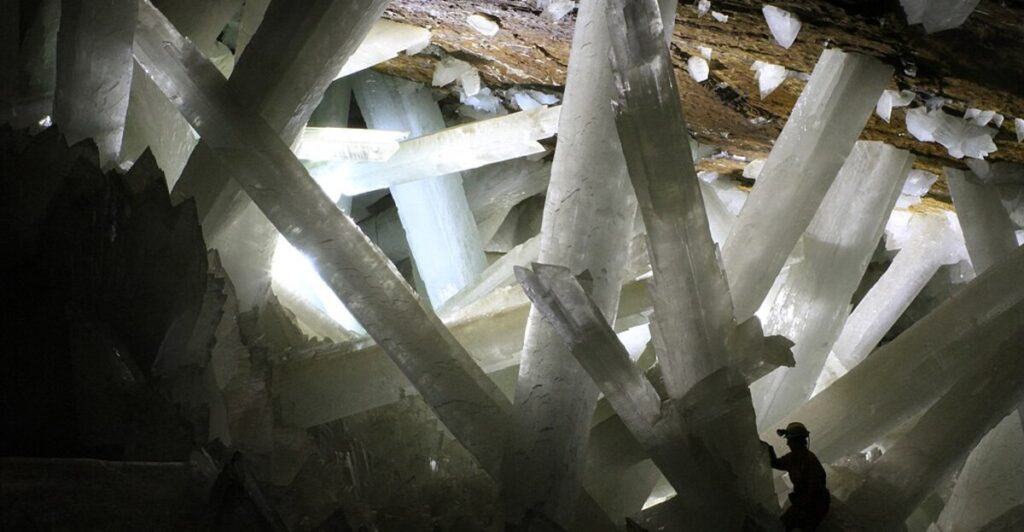
The Cave of Crystals in Naica, Mexico, is known for its gigantic gypsum crystals. While the cave is too hot and humid for most life forms, it does support unique microorganisms adapted to its hot and humid environment. No big wildlife lives in the cave owing to its extreme conditions.
6. Grand Prismatic Spring, Yellowstone National Park
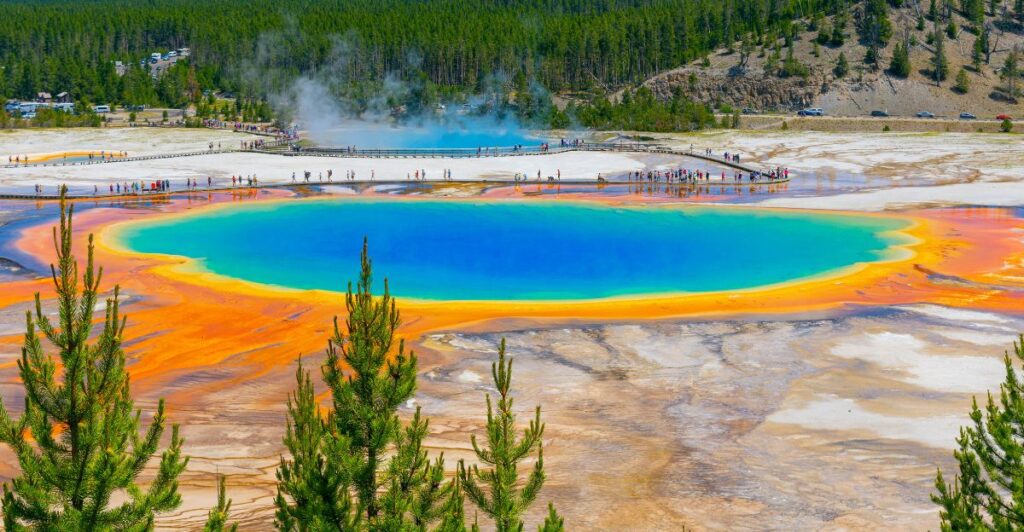
The Grand Prismatic Spring in Yellowstone, considered to be the hottest spring in the US, can be clearly seen from aerial shots and is famous for its color-changing hues produced by the algae and bacteria found there. This site nourishes a diverse biome of microorganisms that can withstand extreme heat but does not host large animals because of its hot, sterile water. However, the surrounding Yellowstone areas are home to diverse wildlife, such as grizzly bears, wolves, and elk.
7. Princess Elisabeth Polar Research Station, Antarctica
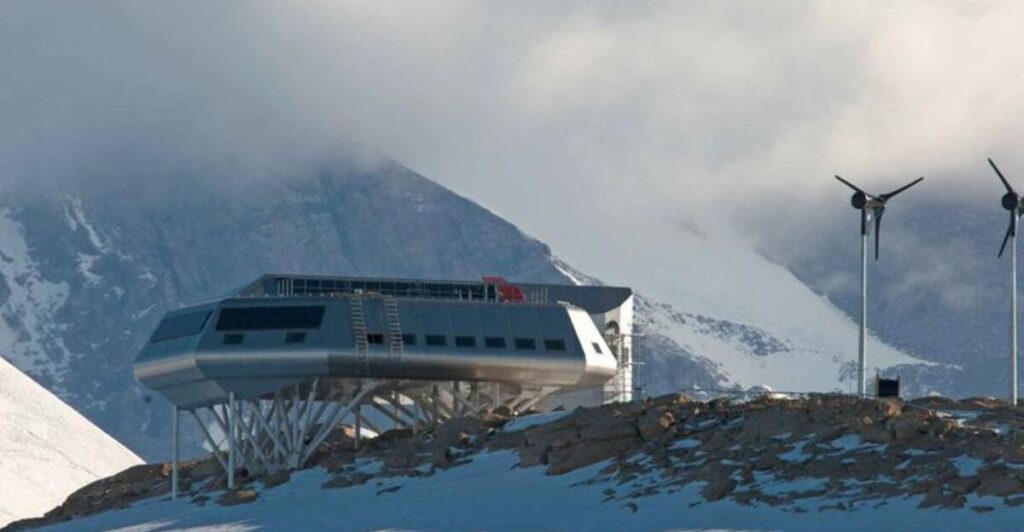
Princess Elisabeth Station in Antarctica is a zero-emission research facility focused on sustainability. It doesn’t have native wildlife in the station itself, but the Antarctic environment is home to penguins, seals, and other adapted species, such as krill and whales.
8. Habitat 67, Montreal, Canada
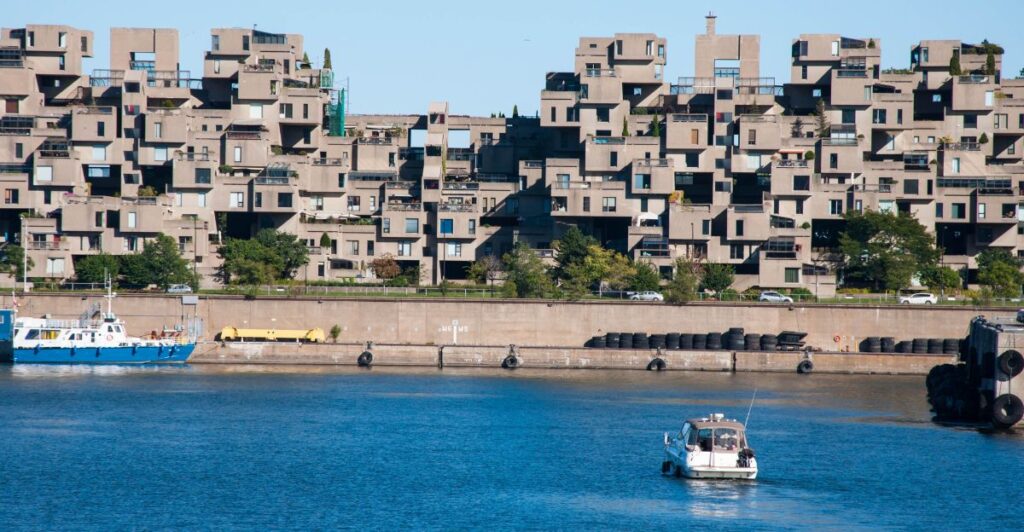
Habitat 67 Montreal is a unique architectural structure =that reimagines urban living. It does not contain wildlife but is part of a broader urban ecosystem that supports urban wildlife, such as pigeons, squirrels, and raccoons.
9. The Eden Project, Cornwall, England, United Kingdom
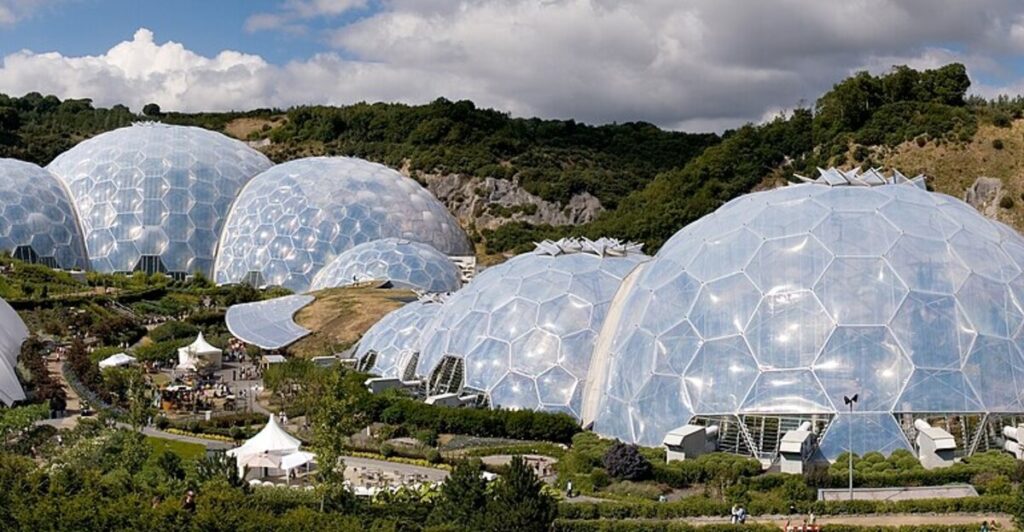
The Eden Project is an experimental garden and sustainability facility. It supports a wide variety of different plant species from all around the world and is home to some wildlife, like birds and insects, which thrive in its diverse ecosystems.
10. Underwater Waterfall, Mauritius Island
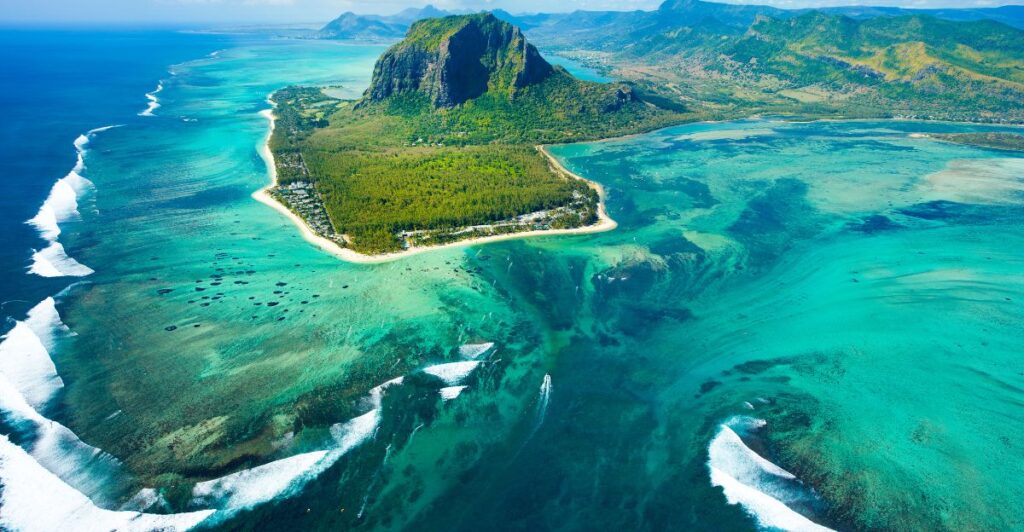
The underwater waterfall off Mauritius Island is an optical illusion caused by the continental shelf drop. Its surrounding waters are home to a diverse marine ecosystem, including coral reefs, fish, and marine mammals like sea turtles and dolphins.
11. Gardens by the Bay, Singapore
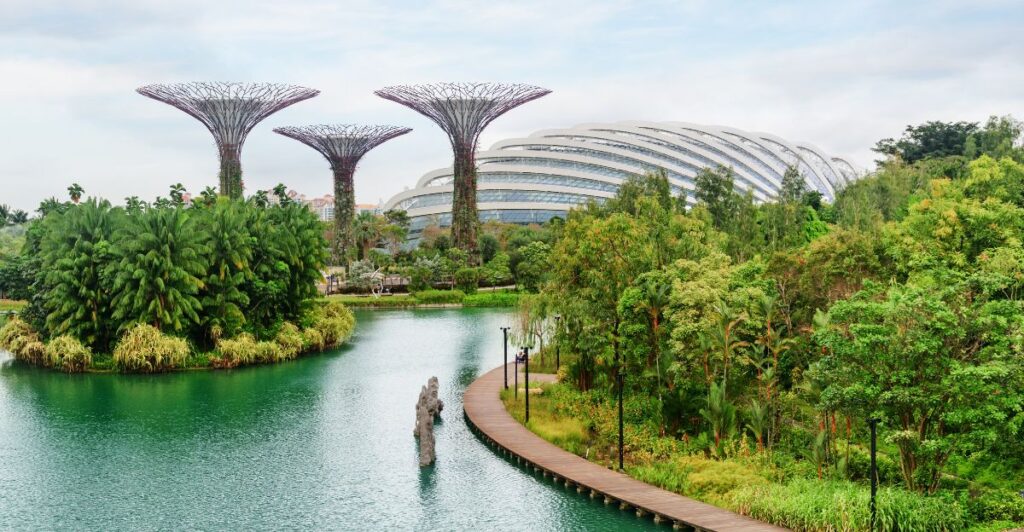
Gardens by the Bay in Singapore is a horticulture and garden artistry showpiece. It also accommodates multiple plant species and some urban wildlife like birds and insects.
12. Salar de Uyuni, Bolivia
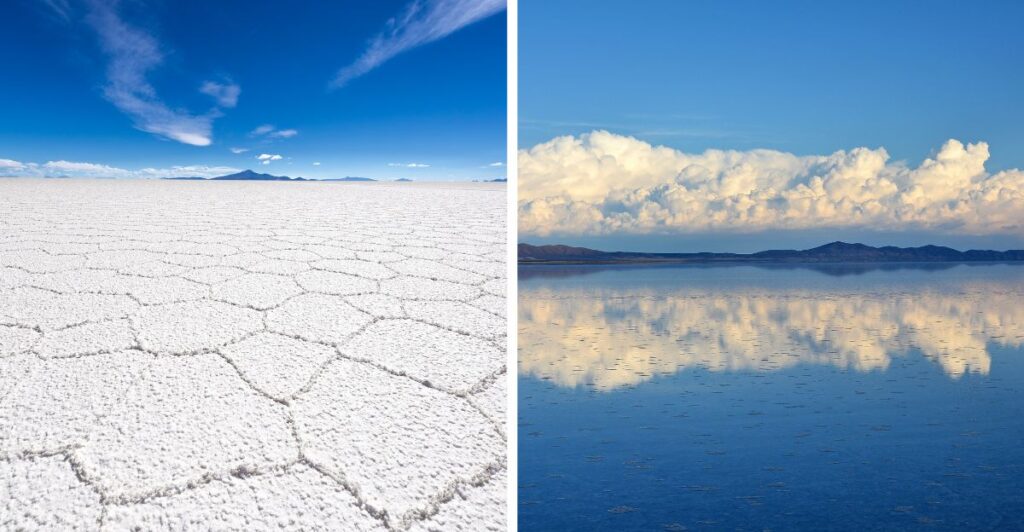
Salar de Uyuni is a massive salt flat that becomes a colossal mirror during the rainy season. It’s home to unique wildlife adapted to tolerate its harsh conditions, such as flamingos and other birds that migrate to the region. From Fly Geyser to Salar de Uyuni, these alien ecosystems showcase the diversity and resilience of life. Every location has unique flora and fauna that have adapted to extreme conditions, highlighting the importance of conservation and scientific research to protect these remarkable environments.
Discover more of our trending stories and follow us to keep them in your feed

California Is Breaking Apart: A Fault Line Is Forming Faster Than Anyone Predicted
“There Will Be Eruptions”: Concerns Mount as Yellowstone Supervolcano Activity Shifts
Philanthropist Promises To Cover $771.23M Annually After US Exit From Climate Accords
The War on Cows Is Over—And Green Extremists Have Lost
References:
Reference 1
Reference 2
Reference 3
This article first appeared here
Stay connected with us for more stories like this! Follow us to get the latest updates or hit the Follow button at the top of this article, and let us know what you think by leaving your feedback below. We’d love to hear from you!







